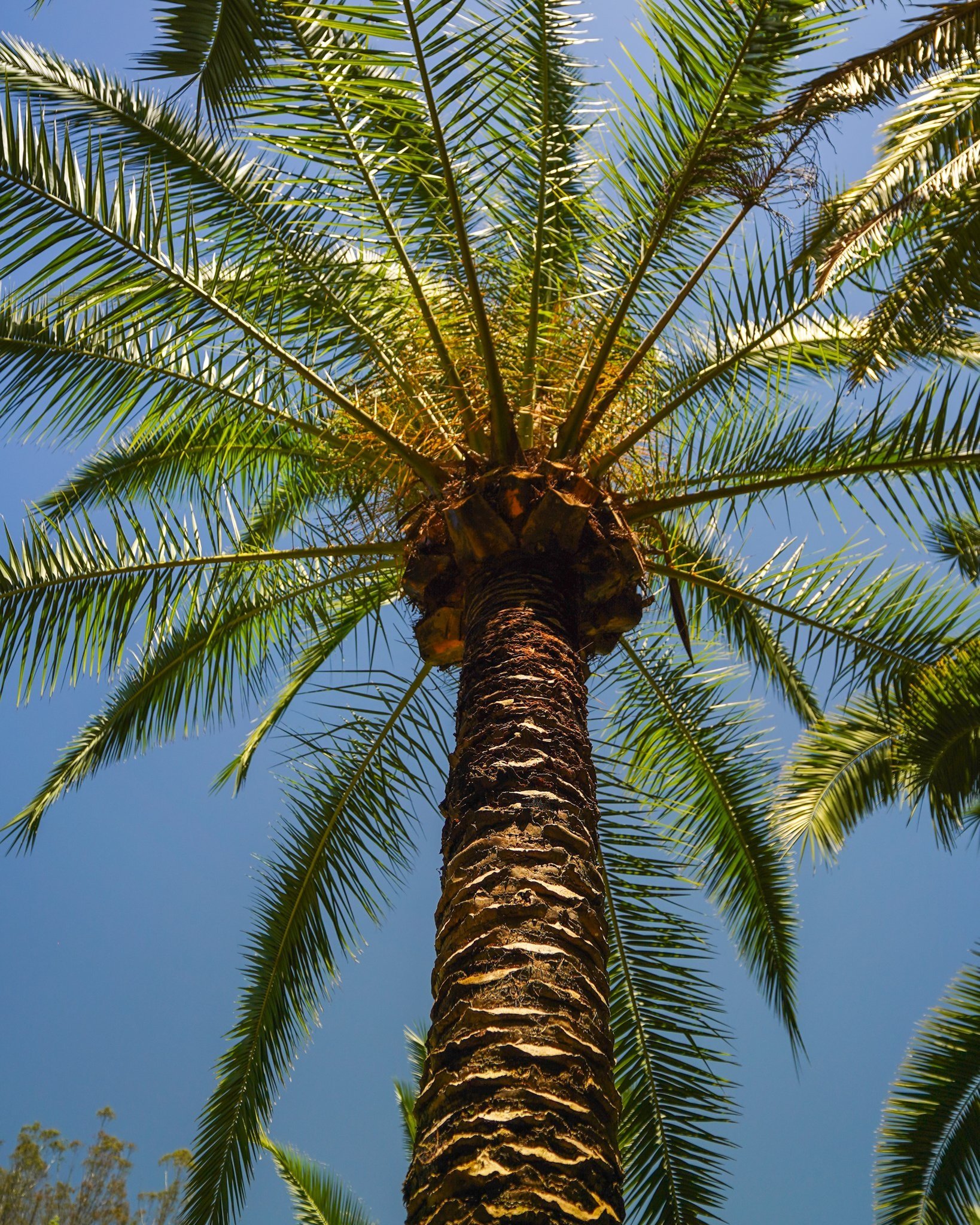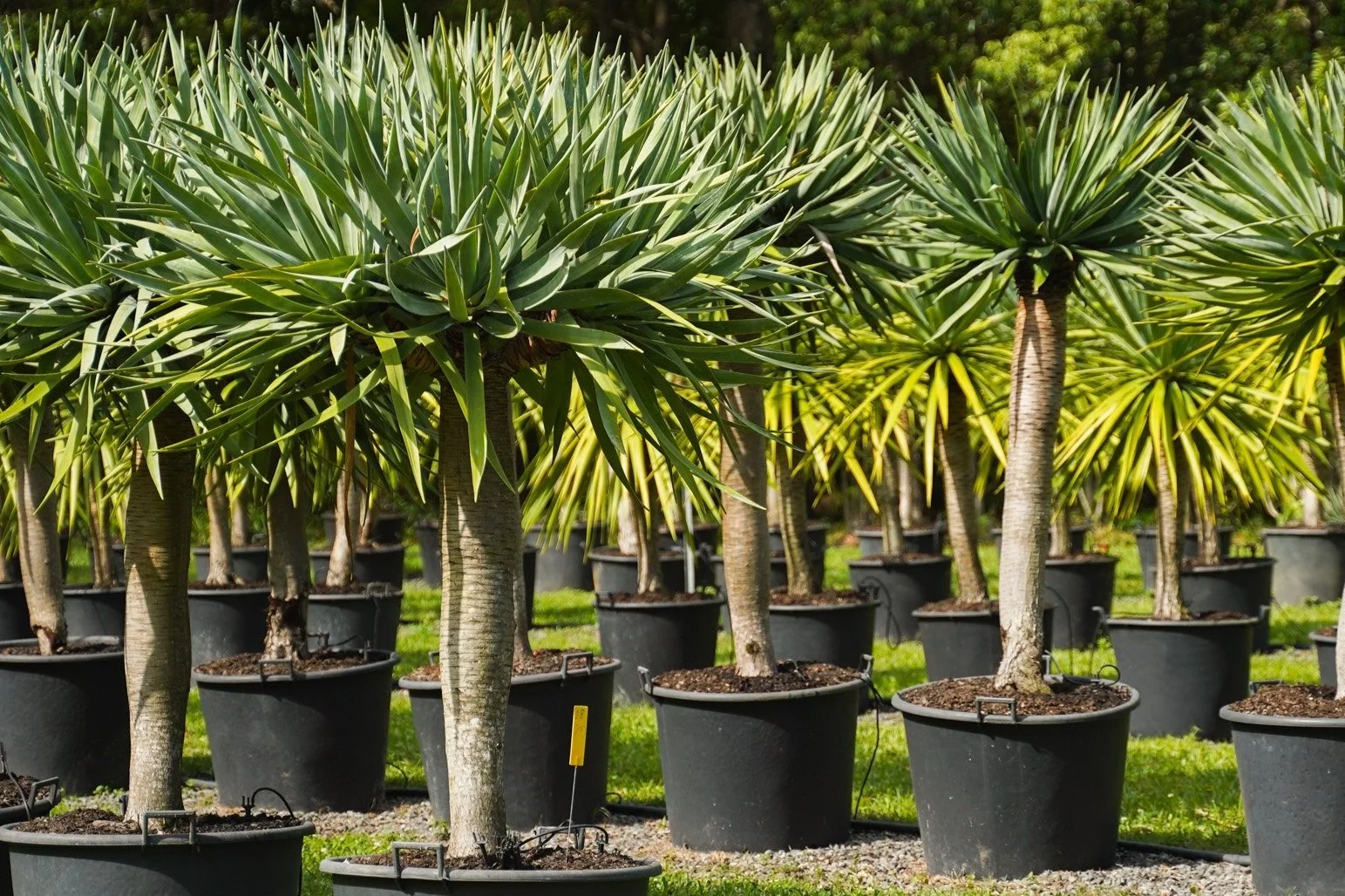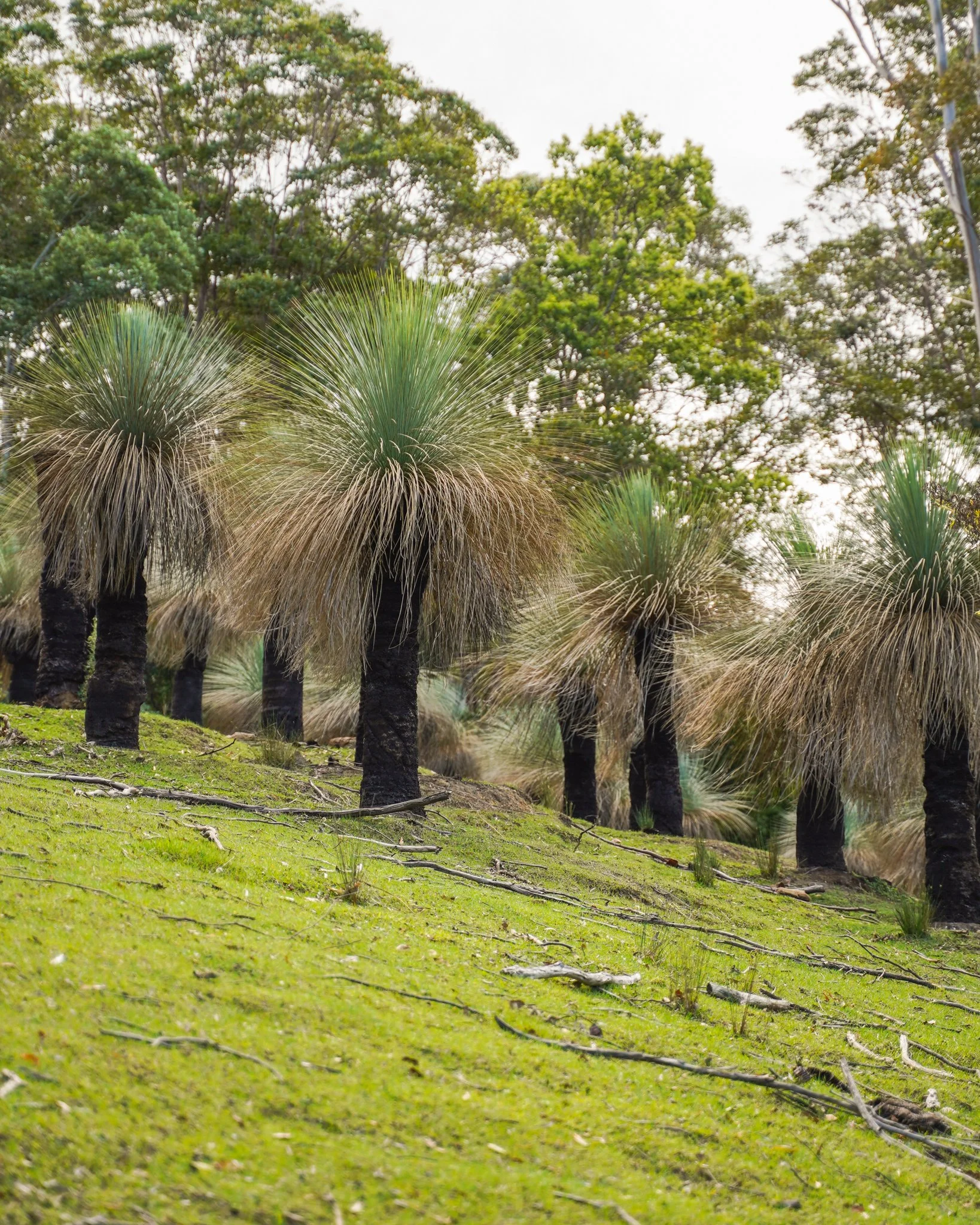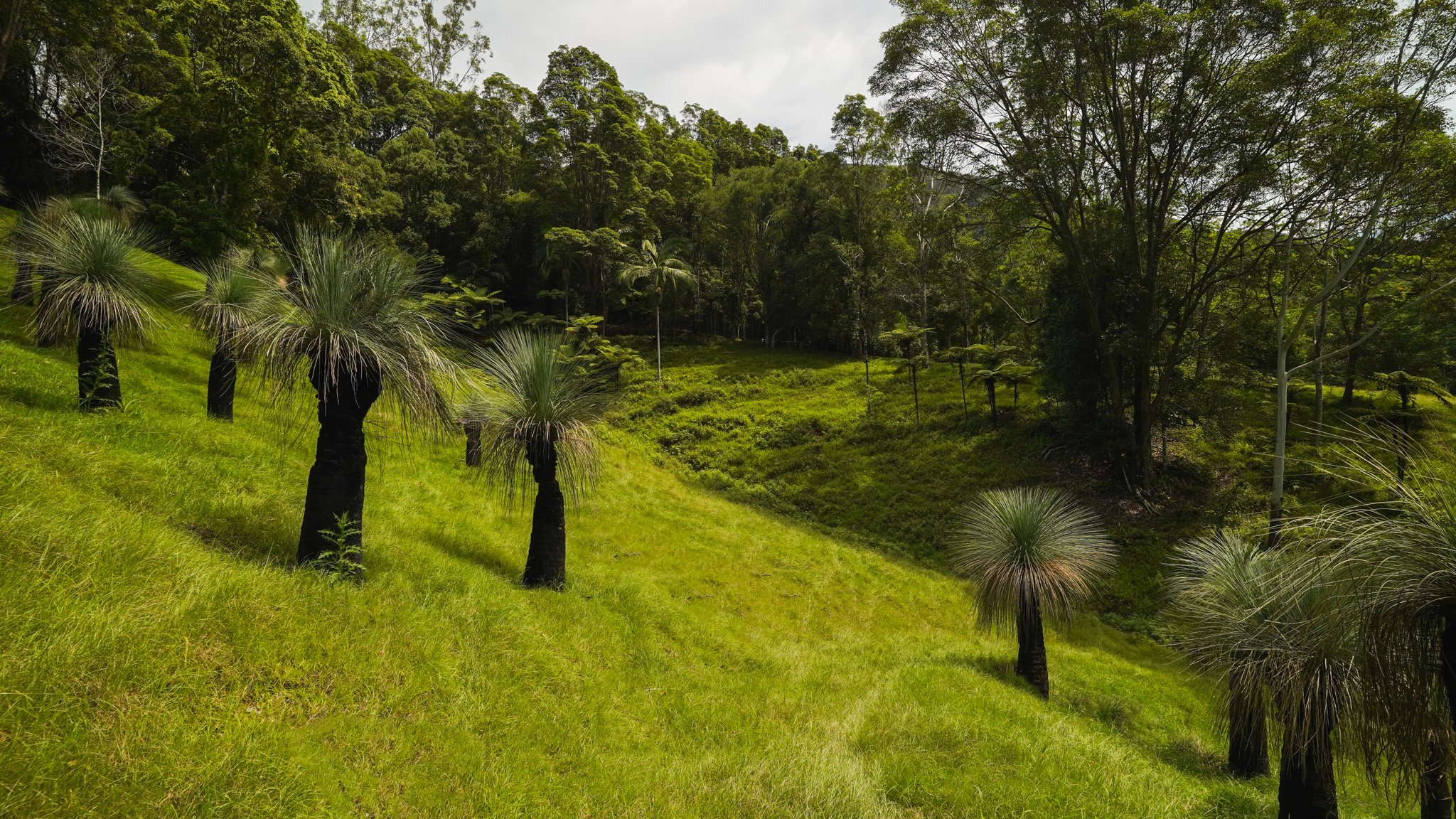
Get in touch with us about our Feature Grass Trees!
Grass Tree (Xanthorrhoea)
Grass Trees are a stunning addition to any outdoor space, admired for their sculptural form and distinctive blackened trunks. These iconic Australian natives bring a natural, rustic charm to gardens, patios, and landscapes. At Heritage Acres, we offer premium-quality Grass Trees in a variety of sizes, each with its own unique character. Hardy, low-maintenance, and visually striking, they make a perfect statement piece for both residential and commercial projects, adding texture and timeless beauty to any setting.


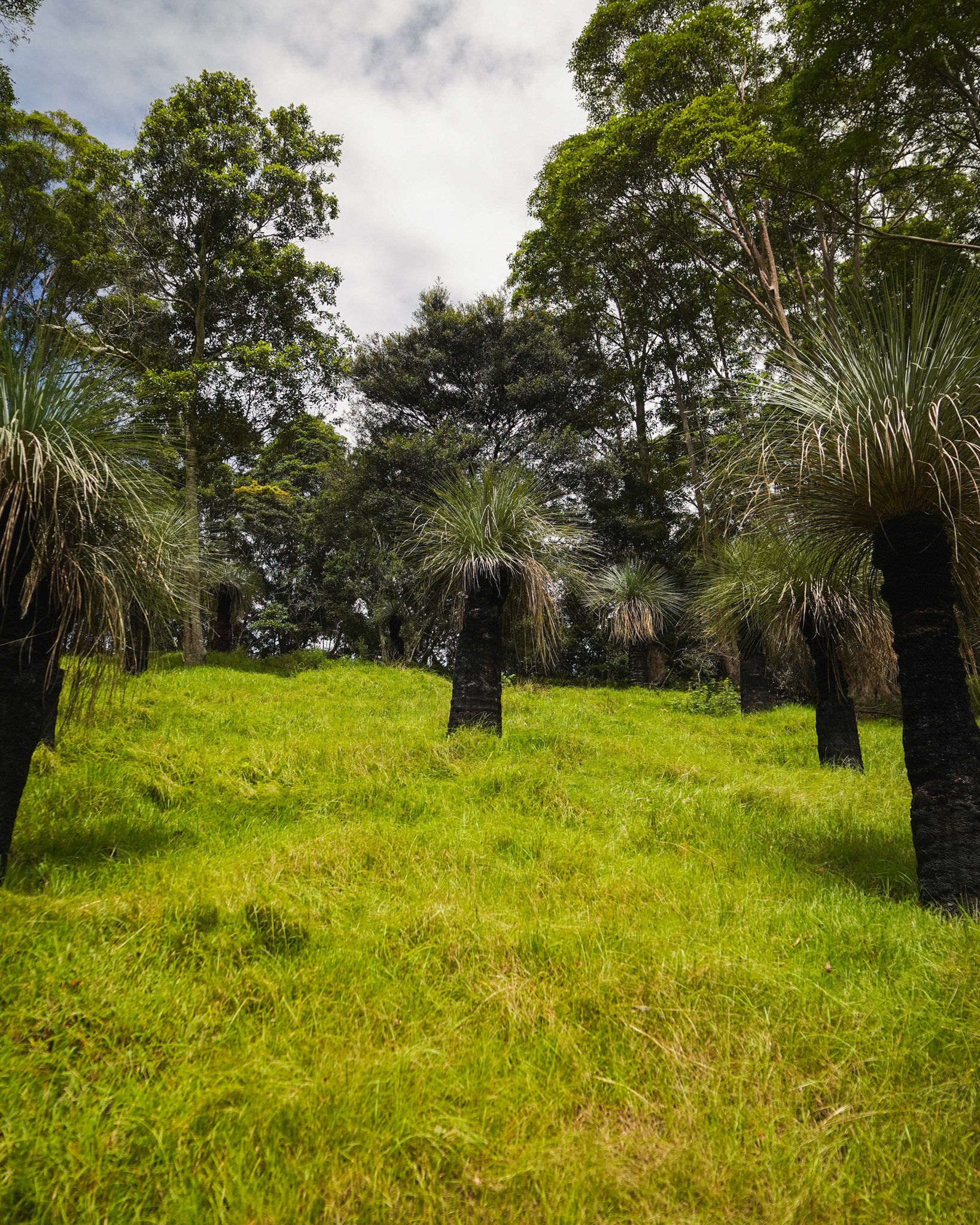
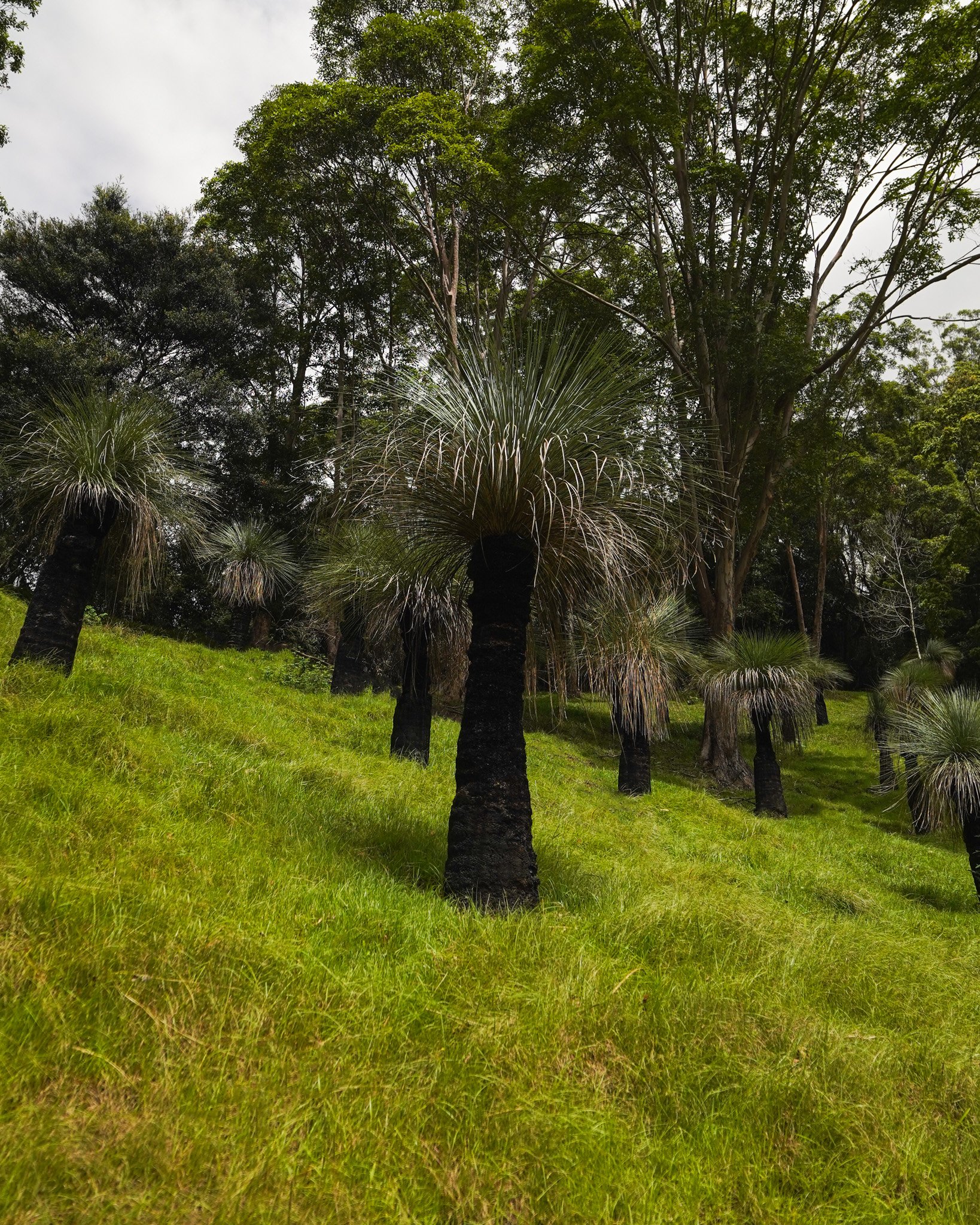
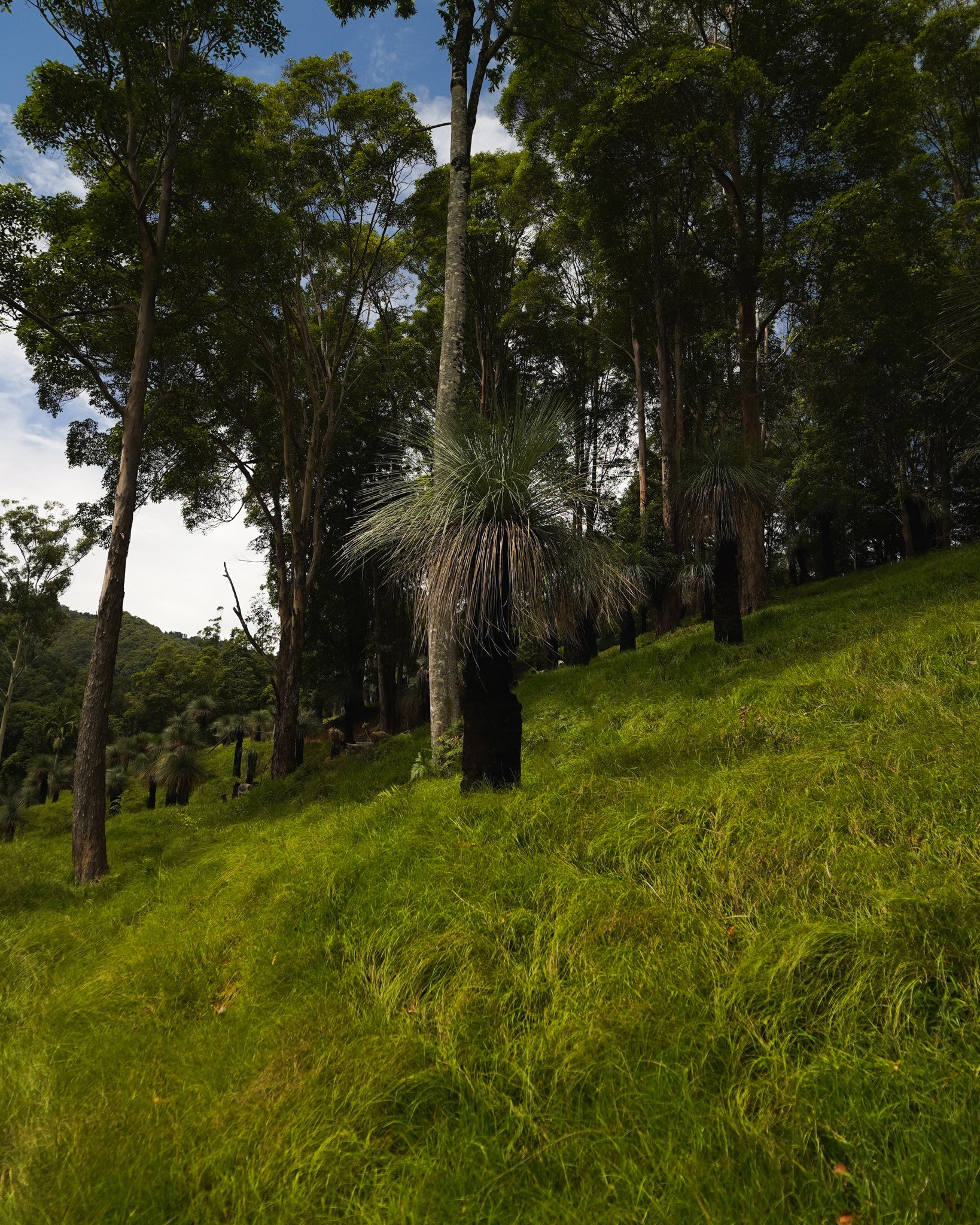


Reviews
Read what our customers are saying!
“So many amazing mature feature trees. Great service, fantastic prices and some of the best feature trees I’ve ever seen - A1”
-JJ
“We recently used Heritage Acres on one of our projects and had an exceptional experience. We purchased two large dragon trees and one Phoenix Rupicola and our clients loved them. It’s hard to find such good quality tree stock and reliable service and the team at Heritage Acres have that covered. Truely incredible mature trees. We will be back!! Thanks guys”
-JM
“A very gorgeous selection, it’s hard to find a tree nursery that have taken the time to carefully look after their trees.”
-JL
Premium Feature Trees
Grass Tree
Heritage Acres supplies premium Grass Trees to Brisbane and the Gold Coast, offering mature specimens that thrive in Queensland’s climate. Whether you're in Brisbane, the Gold Coast, or nearby areas, our expert team can help you select and deliver the perfect Grass Tree for your landscape.
Contact us today to learn more about our Grass Trees and find the ideal fit for your outdoor space!
(Xanthorrhoea)
The Benefits
Premium Feature Trees
Experience the effortless journey from inquiry to delivery with Heritage Acres. Our dedicated team ensures a seamless process, keeping you informed at every step. Your chosen tree arrives ready to transform your space with natural beauty.
Heritage Acres guarantees unparalleled tree quality. Meticulously nurtured from sapling to maturity, each tree reflects our commitment to excellence. Immerse your surroundings in vibrant foliage and robust health.
Discover the heart of Heritage Acres in our responsive and passionate team. Eager to assist, they are your partners in finding the perfect tree. Reach out for personalized guidance and elevate your green vision with Heritage Acres.

Feature Grass Trees
Currumbin Valley Mature Tree Farm
Choose the perfect Grass Tree for your Project
We carefully load your selected Grass Tree for secure transport
Relax as we deliver your stunning Grass Tree directly to your space
Our Trees
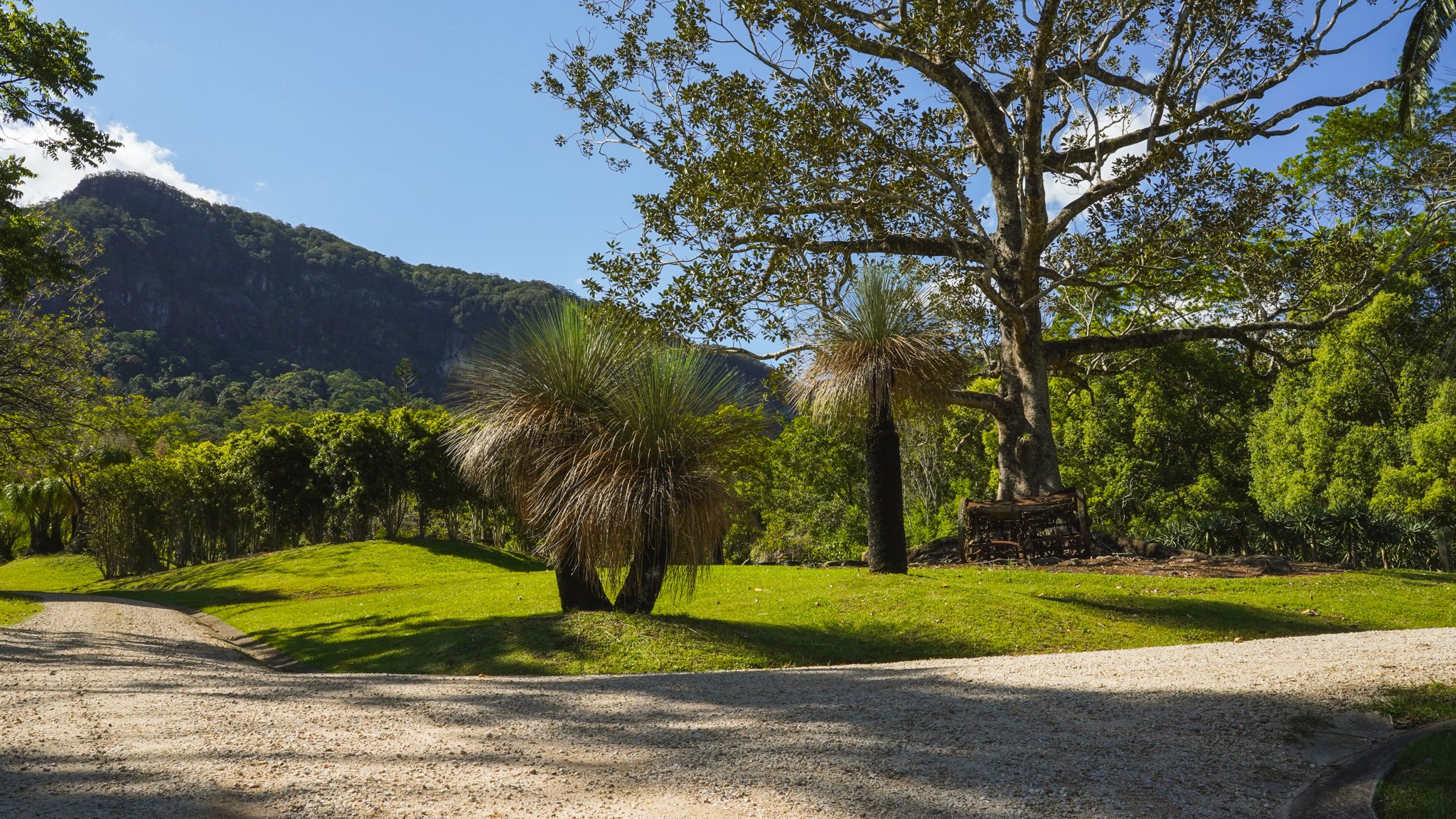
Currumbin Valley Mature Tree Farm
Heritage Acres is conveniently located in Currumbin Valley, perfectly positioned to supply Grass Trees to both Brisbane and the Gold Coast. Just a short drive from the Gold Coast’s coastal suburbs and within easy reach of Brisbane’s southern and western areas, we provide premium, mature Grass Trees to homeowners, landscapers, and developers across Southeast Queensland. Whether you’re in Brisbane, the Gold Coast, or surrounding regions, our team ensures seamless delivery and expert advice to help you select the perfect tree for your outdoor space.
1706 Currumbin Creek Rd,
Currumbin Valley, QLD 4223
Phone: 0499 608 908
Email: sales@heritageacres.com.au
Our team are very responsive and will respond promptly
Hours
Monday–Friday
7am–4pm
Discover us on Instagram where we share the beauty of 'Heritage Acres' with snapshots of our lush landscapes, exotic trees, and the timeless charm of our mature specimens. Explore the harmony of nature through our posts, providing a real glimpse into our beloved tree farm.
Find us on Instagram
Frequently Asked Questions
-
Grass Trees are extremely slow-growing, typically adding just 1-3 cm of trunk height per year. Larger specimens, with significant trunk height, can be decades or even centuries old.
-
No, Grass Trees are drought-resistant and only require occasional watering, particularly in the first few months after planting. Once established, they rely on natural rainfall and adapt well to dry conditions.
-
Yes, Grass Trees are low-maintenance once established. They thrive in well-drained soil, require minimal watering, and are highly drought-tolerant. Occasional trimming of old foliage can keep them looking their best.
-
Yes, Grass Trees can thrive in large pots with well-draining soil. This makes them a great option for patios, courtyards, and small gardens. Ensure they have good airflow and avoid overwatering.
-
To plant a Grass Tree, ensure it has well-draining soil and a sunny position. Dig a hole twice the size of the root ball, backfill with sandy soil, and water thoroughly. Adding a mycorrhizal root stimulant can help with establishment.
-
After transplanting, water the Grass Tree regularly for the first few months, ensuring the soil stays moist but not waterlogged. Avoid disturbing the root system and apply a seaweed-based tonic to reduce transplant shock.















